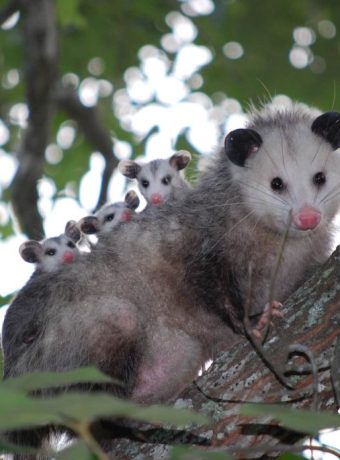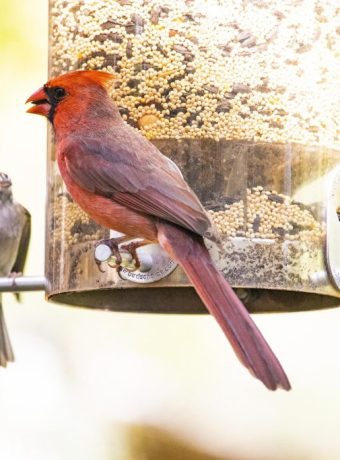The Greater Bee-Fly – Corky Critters

The Greater Bee-Fly (Bombylius Major), otherwise know as Dark-Edged Bee-Fly or the Large Bee-Fly, while being a type of pollinator, is a parasitic species of fly that gets its name from the bee-like appearance, and occasionally gets mistaken for a bumblebee.
It’s fairly common to find B. Major, being one of the easiest species of fly within the Bombyliidae family to spot in the wild.

As stated previously, these flies are parasitic, but only in the larval form. The larval form will feed on the eggs, larvae and pupae of the host species, as well as the food stored by the workers. Given the fact that these flies grow up in the hives of other species, these flies have two ways of getting their eggs into the hive:
Tossing their eggs by the front entrance of the hive so, once they reach the larval form, they’re able to go in and feed off of the hives young and food stores. She covers them with dust by reaching down with her abdomen, possibly to hide them from prey.
Laying the eggs by a popular pollination spot for bees and wasps. Once the eggs hatch, the larvae can climb onto an adult, carrying them to the hive so they can feed.
Whether you see it as a positive or negative outcome, some, if not most of the larvae don’t live to reach adulthood.
The dietary habits of this fly aren’t too much different from that of a bee or wasp (Pollen, insect meat in their youth). The habits do chance between sexes, however. They both feed om the same food (pollen and nectar), yet the female has been found to have larger quantities of pollen within her stomach, while the male has been found to have larger quantities of nectar.
Both sexes will feed off of plants, and, apart from the males pollinating dandelions, they tend to feed from the same plants, mostly violet or blue-colored plants, but they will feed off of yellow-colored plants as well.
These flies have a unique form of flight known as “yawing”, which allows the insect to make quick and precise turns. It is also believed that it could be used for mating habits.
Their flight resembles that of a humming bird, but it’s wings will be positioned vertically rather then horizontally.
You’ll find these flies hovering around on warm, sunny days as early as April and as Late as June. These pictures, however, was taken in July/August, so you might just find some lingering around on the warmer days.
- Helping uncover the magic of Pickaway County – Jenny Rhoads - March 22, 2021
- Creating a place for fond memories – Katherine Blades - February 24, 2021
- Impact farms can have on local community - February 23, 2021




